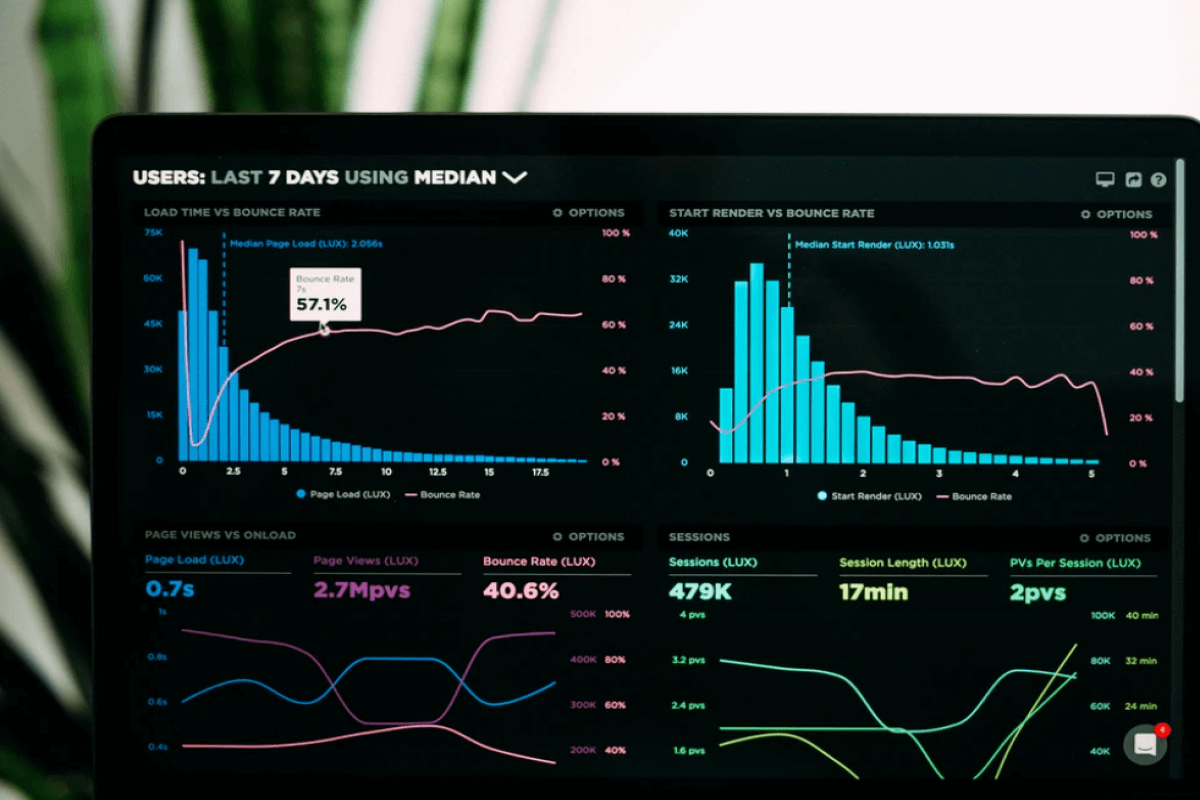
As more people invest in cryptocurrency and digital assets, understanding how to account for these is essential. For years, the Financial Accounting Standards Board did not have guidance in place to improve the accounting for cryptocurrency and digital assets, and while the AICPA did have a nonauthoritative guide on best practices for accounting for digital assets, the lack of generally accepted accounting principles was concerning.
Fortunately, this changed in December 2023 when FASB ASU 2023-08. We’re breaking down this guidance to help you better help your clients and adapt best practices when accounting for cryptocurrency and digital assets.
What are digital assets and cryptocurrency?
Broadly defined, digital assets are records on a distributed ledger (i.e., blockchain) made using cryptography for verification and securities purposes. They may be a medium of exchange, a representation to provide or access goods or services, or a financing vehicle.
Cryptocurrency is a type of digital asset that functions more specifically as a medium of exchange (e.g., Bitcoin, Ether, etc.). They are not issued by a jurisdictional authority and do not give rise to a contract between the holder and another party. They are also not considered to fall under the definition of being a “security” under various SEC-related Acts.
Guidance in accounting for cryptocurrency
In December 2023, the FASB issued ASU 2023-08 to provide guidance requiring all entities holding crypto assets that meet certain requirements to subsequently measure those in-scope crypto assets at fair value, with the remeasurement recorded in net income. All calendar year-end entities with holdings in crypto assets are required to adopt the new standard in 2025, with early adoption permitted.
Per ASU 2023-08, the following digital assets may be subsequently measured at fair value, with changes in net income:
- Meet the definition of an intangible asset
- Do not provide the asset holder with enforceable rights to, or claims on, underlying goods, services, or other assets
- Are created or reside on a distributed ledger or “blockchain”
- Are secured through cryptography
- Are fungible, meaning it is not unique and it can be replaced with something of like kind, unlike assets such as nonfungible tokens (NFTs)
- Are not created or issued by a reporting entity or its related party
An alternative measurement besides fair value (such as historical cost less impairment) will not be permitted, even for assets not traded in an active market.
Applying ASC 820 when accounting for cryptocurrency and digital assets
There are still challenges when accounting for cryptocurrencies and digital assets. There are a variety of issues that can be encountered when trying to determine fair value for digital assets. Regardless, a reporting entity is expected to apply ASC Topic 820, Fair Value Measurement as best it can.
For example, digital asset operations may not be fully developed, institutionalized, or regulated. Digital assets may lack a clear market since principal markets may be immature, and trading on multiple exchanges may result in inconsistent pricing. Since not all marketplaces are designed to prohibit self-dealing, even an observable trade may not reflect true fair value. Plus, market fragmentation may frequently change the market.
Digital assets often lack even unobservable inputs from which fair values can be determined. For example, financial assets may have defined cash flows streams, which can be discounted at an appropriate rate to estimate fair value.
Accounting for cryptocurrency in financial statements
The new standard requires separate presentation of in-scope crypto assets from other intangible assets on the balance sheet. Remeasurement of those crypto assets is required to be recorded separately from amortization or impairment of other intangible assets in the income statement. However, the new standard does not address whether the gain or loss related to the remeasurement of the crypto assets should be presented as operating or non-operating income in the income statement. Reporting entities should evaluate their specific facts and circumstances.
Additional disclosures are required, including:
- Detailing significant crypto asset holdings
- The cost basis of holdings and the method for determining that basis
- Restrictions on the ability to sell the assets
- Reconciliation of the beginning and ending balances of crypto assets.
Entities will be required to describe the nature of activities that result in additions (e.g., purchases, receipts from customers, or mining activities) and dispositions (e.g., sales, payments for services). The total amount of cumulative realized gains and cumulative realized losses from dispositions during the period and, if not presented separately, the line item in which the gains/losses are presented.
Learn more about accounting for cryptocurrencies
We understand this is a complicated topic and the guidelines surrounding accounting for cryptocurrency and digital assets are very new. To help you better understand this topic, Becker has CPE courses that provide clarity and build your skills.
Check out the following options:
- Accounting and Financial Reporting for Cryptocurrency and Other Digital Assets
- Understanding Blockchain Technology
- Accounting and Reporting for Contributions, including Gifts in Kind
Access our CPE course catalog with Prime CPE
Our CPE catalog contains over 1,700 CPE courses across 19 fields of study, and our Prime subscription gives you access to all of it. From technical topics like accounting for cryptocurrency to personal development courses to help you manage your time or your work-life balance, we have everything you need to meet your state’s requirements and build valuable skills.








